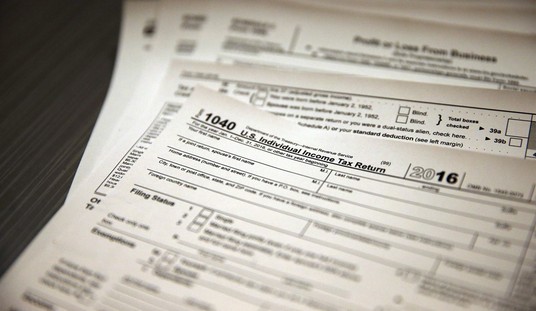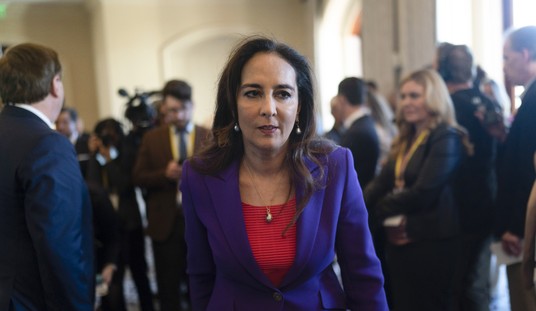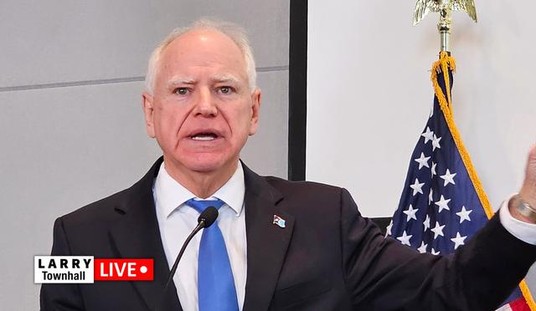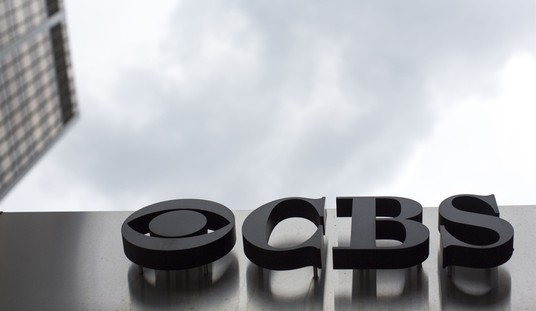
Donald Trump has proven adept at corrupting everyone and everything that comes into his orbit. He has constructed a kind of cargo-cult imitation of a real political campaign, with press flacks and pundits and elected officials and “policy advisors” and even now speechwriters all acting as if Trump was a real candidate rather than a bad joke told too long. But the one thing Trump has not really needed so far was thoroughly bogus general election polls. Oh, his strength has been overstated in some national primary polls, and the online Reuters poll has been a particular favorite. But Trump in the primaries has mostly been content to tell bald-face lies about his polling against Hillary Clinton, content that any rebuttal could be shouted down with “BUT I AM BEATING YOU IN THE PRIMARY SO YOU MUST BE WORSE.”
Trump can no longer hide behind that, so he will need to find some pollsters willing to be…flexible…in their methodology in order to show that this is a real contest. Trump’s millions of supporters, and his enablers in talk radio and on Fox News and Drudge and Breitbart, will provide a willing market for this. And so will the mainstream media, which as much as it wants Hillary to win, is also addicted to Trump-driven ratings and can’t afford to just admit that the election is effectively over in May.
Enter “Rasmussen Reports”. Now, if you have followed polling controversies over the years, you know that Rasmussen has been a lightning rod. A minor pollster before 2000, Rasmussen was reinvented by Scott Rasmussen in the mid-2000s into one of the giants of the polling business, with ubiquitous high-volume polling that included one of the most influential daily tracking polls, while Rasmussen himself became a prominent pundit. For the most part, during the Bush years, Rasmussen had a solid record as a pollster, and while it had some embarrassing misses in 2010 (usually due to over-projecting Republican candidates), it was still a reputable pollster. In 2012, I still relied on Rasmussen’s national party-ID survey, which had a strong predictive track record over the prior decade. But it failed spectacularly, as did many of Rasmussen’s polls, in 2012: the party ID tracker was projecting the most Republican general electorate since the Coolidge years, and we got precisely the opposite. So far as I can tell, the party ID poll was discontinued immediately after the 2012 election.
Rasmussen has stayed in the political polling business since then, but greatly diminished, as Scott Rasmussen himself left the company in mid-2013, and it has refocused more on making money from non-political polls. His departure also ended the firm’s GOP tilt, or at least induced an overcorrection; for much of 2014, for example, Rasmussen’s job-approval poll showed President Obama to be a lot more popular than any other pollster, a finding totally inconsistent with the 2014 election results. On the whole, my postmortem of the 2014 Senate polls found Rasmussen’s polling to be a mixed bag.
But now, in the past few weeks, Rasmussen has emerged as the lone pollster showing Trump competitive nationally with Hillary Clinton:

You will notice that Trump’s standing in the Rasmussen polls is no better than in others – he’s at 38% in the April 25-26 poll, and 41% in the April 27-28 poll. Every poll in the RCP average since the start of March has Trump between 35% and 43%, with a current average a shade below 41, but most have Hillary in the upper 40s or the 50s. So what gives? Obviously, Rasmussen didn’t push soft “undecideds” who are likely to vote Hillary to make a choice, so it shows a lot fewer Clinton voters in the April 25-26 poll:
Nearly one-in-four voters say they will stay home or vote third party if Hillary Clinton and Donald Trump are the major party presidential candidates.
A new Rasmussen Reports national telephone survey of Likely U.S. Voters finds Trump and Clinton tied at 38% each. But 16% say they would vote for some other candidate if the presidential election comes down to those two, while six percent (6%) would stay home. Only two percent (2%) are undecided given those options.
The April 27-28 poll, with Trump up 3, is even fishier because it assumed everybody is forced to vote:
Trump edges slightly ahead if the stay-at-home option is removed. Trump also now does twice as well among Democrats as Clinton does among Republicans.
Well, yeah, you can get different polling results if you pretend turnout will be mandatory. Unfortunately for Trump, that’s not how elections actually work.
But don’t be surprised if we see more polling organizations, especially in the media, fiddle with their methodologies to prop up a horse race at least into the fall. And watch people who desperately want to believe them fall for it.
That’s how things work in Donald Trump’s America.













Join the conversation as a VIP Member